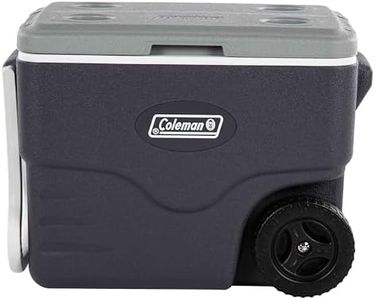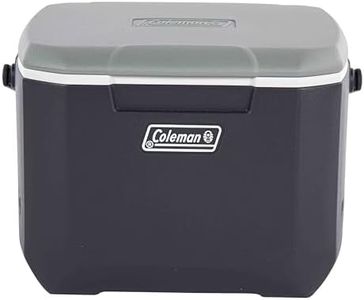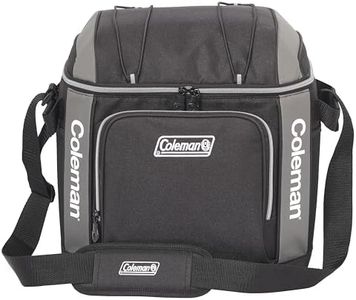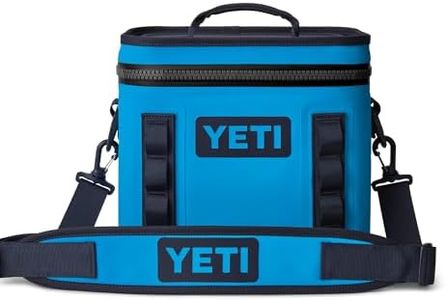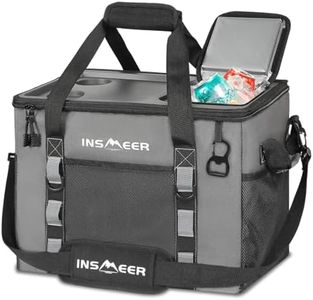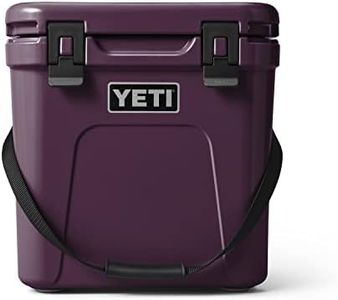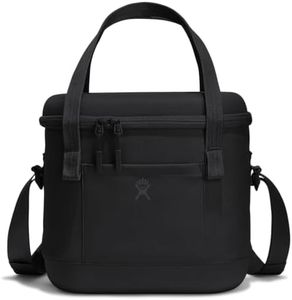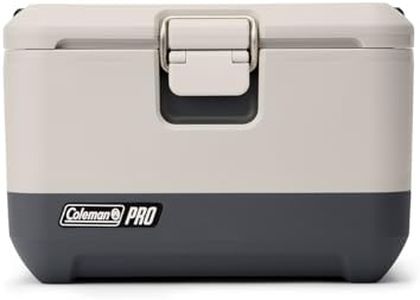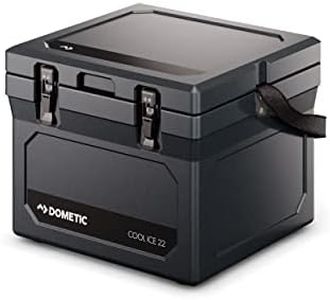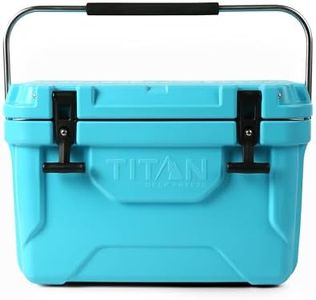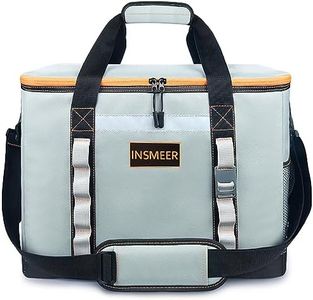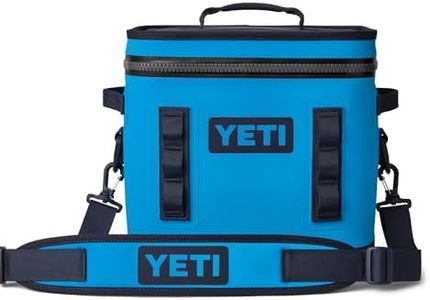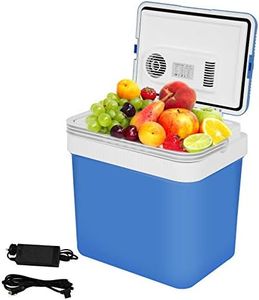We Use CookiesWe use cookies to enhance the security, performance,
functionality and for analytical and promotional activities. By continuing to browse this site you
are agreeing to our privacy policy
10 Best Personal Coolers
From leading brands and best sellers available on the web.By clicking on a link to a third party's website, log data is shared with that third party.
Buying Guide for the Best Personal Coolers
When choosing a personal cooler, it's important to think about where you'll use it—at your desk, bedside, or when traveling. A personal cooler is meant to deliver targeted cooling for individuals, not large spaces. You'll want to strike a balance between portability, cooling ability, noise, and ease of use, making sure the cooler fits the environment and your daily habits.Cooling CapacityCooling capacity describes how much area a cooler can effectively lower the temperature in, usually given in square feet or cubic feet. This spec is important because personal coolers are designed for small, close-up spaces. If you're in a small office cubicle or by your bed, a lower value is often enough. For slightly larger rooms or shared spaces, higher capacities offer stronger airflow. Consider your usual environment and pick a capacity that's suitable for that space; oversizing may waste energy and undersizing won't cool you properly.
Water Tank SizeWater tank size tells you how much water the cooler can hold, which directly impacts how long it can run before needing a refill. A larger tank supports longer operation—sometimes overnight—without interruption, while a smaller tank is lighter and more portable. If you want set-and-forget convenience or overnight use, look for bigger tanks. For quick cooling at your desk or for travel, a compact tank may be easier to refill and carry.
PortabilityPortability covers the weight and size of the cooler, as well as whether it has a handle or wheels. This matters if you plan to move your cooler around often or travel with it. The lightest and smallest models are easiest to carry from room to room and store out of the way, while heavier models might offer more features but are best for a fixed spot. Choose a model that fits your mobility needs—frequent movers should go light, while those setting up in one spot can accept a bit more bulk.
Power SourceThe power source refers to how the cooler is powered—such as via plug-in AC, USB, or built-in battery. Plug-in models offer steady power for continuous use at home or work, while USB and battery options are great for traveling and flexibility. When selecting, think about where and how you’ll use your cooler most: if you need portability, battery or USB might be ideal; if it's staying in one place, a corded model provides reliability.
Noise LevelNoise level is usually measured in decibels (dB) and tells you how quiet or loud the cooler is while running. For work, reading, or sleeping, a quiet model is preferable so it doesn't disturb you or others. Lower dB values mean quieter operation—personal coolers made for desks or bedrooms are typically designed to be near-silent, but some are louder due to stronger fans. If you’re sensitive to noise, check reviews or specs for quieter models.
Ease of MaintenanceEase of maintenance involves how simple it is to clean and refill your cooler, as well as how easily you can access filters or water tanks. Cleanliness is important to keep your cooler running well and to ensure healthy air. Look for coolers with removable tanks, accessible filter compartments, and minimal small crevices. If you prefer low-effort care, choose models that are designed for quick and easy cleaning.

